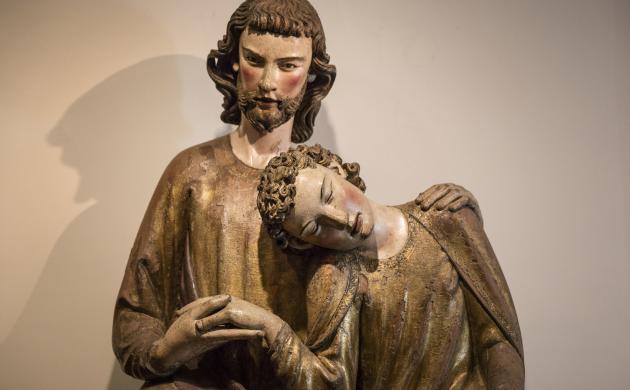1510. The printing press has existed for a while, but the art of the miniature is still going through a final flowering in the Flemish cities of Bruges and Ghent. International orders are pouring in: this Latin prayer book, a breviary, exemplifies this. It may have been made for the Portuguese king Manuel I, as it contains instructions for its use in Portuguese.
Quality
Luckily for us, the breviary was barely touched. This is remarkable, because such prayer books were normally for daily use. Because it was so little used, it is in exceptionally good condition today. The prayer book includes 36 full-page miniatures. In addition, there are numerous decorated borders, small scenes and letters in miniature form. Some of the most important miniaturists from the late 15th and early 16th century worked on it – as is evident from its high quality.
Razor sharp
In the breviary, the twelve months are depicted in twelve miniatures. These show the activities on the land and the feast days for each month. They are razor-sharp and realistic. The border decorations with their colourful flowers and insects are also superbly painted. In the Middle Ages flowers, plants and animals often had a symbolic meaning.
Specifications
- The Maximilian Master, the Master of James IV of Scotland, Gerard Horenbaut and Gerard David
- Mayer van den Bergh Breviary, ca. 1510-1515
- Parchment, 706 folios, 224 x 160 mm
- Currently in the depot



